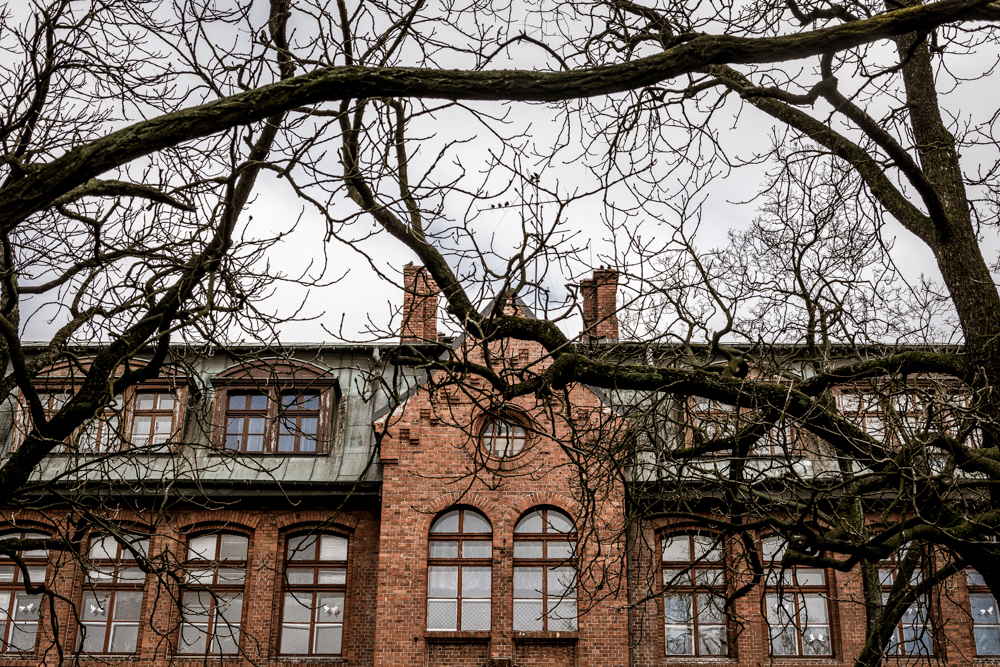
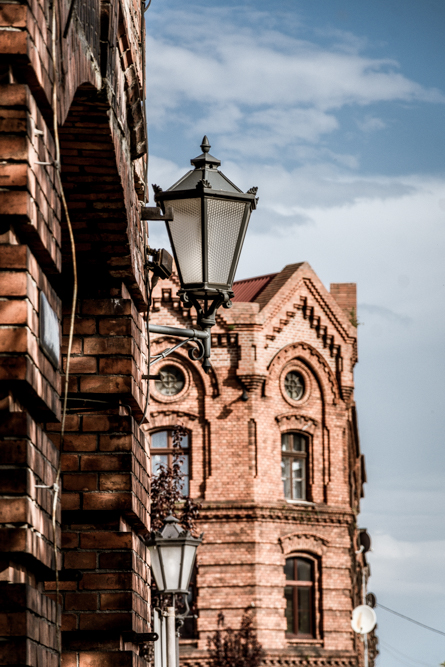
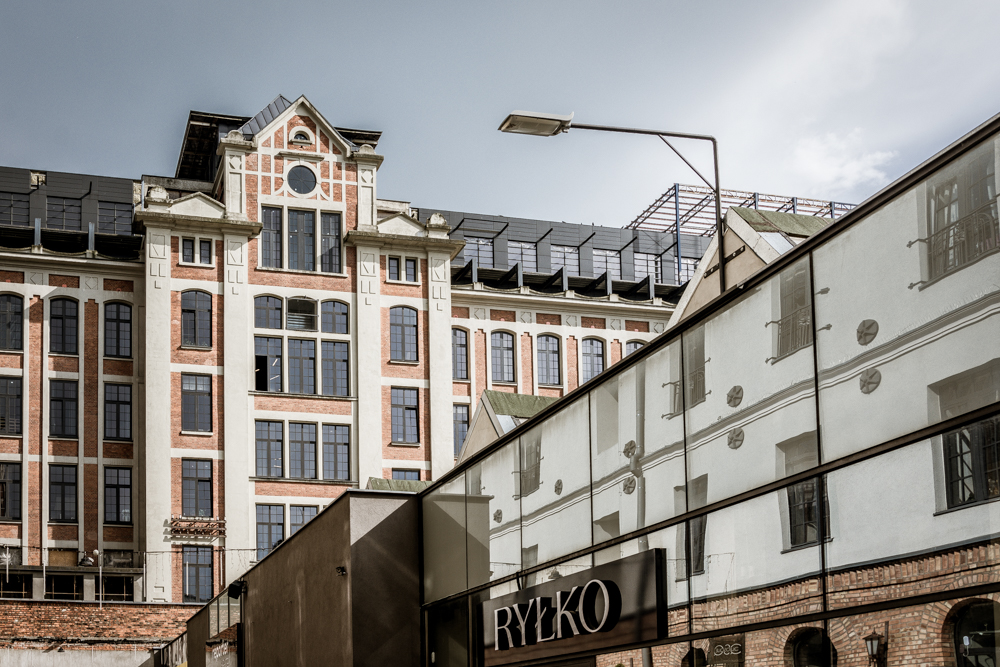
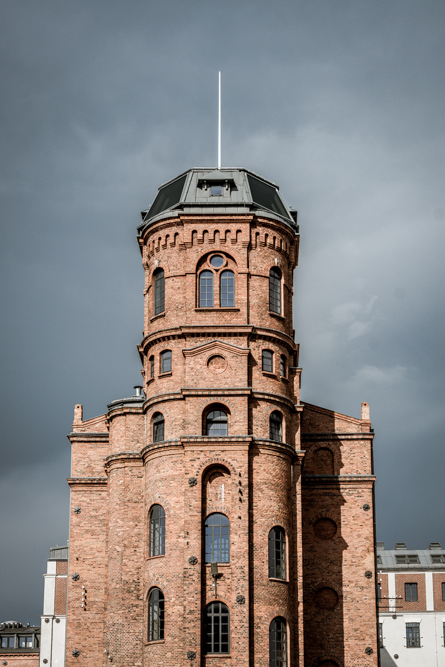
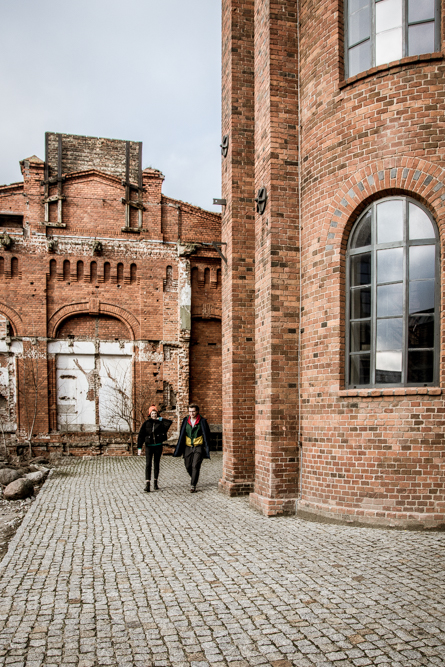
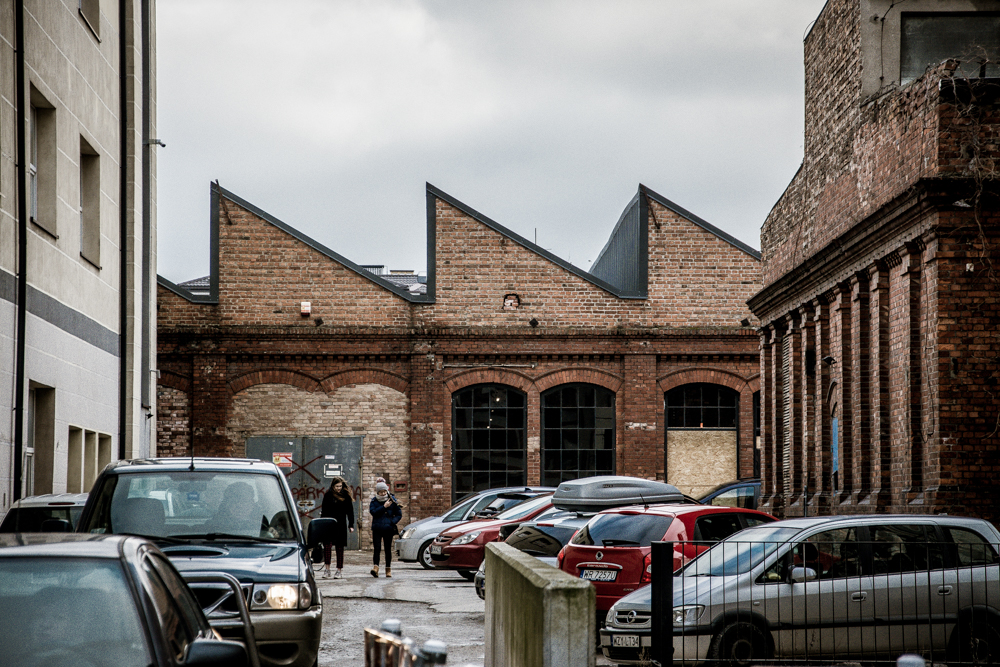
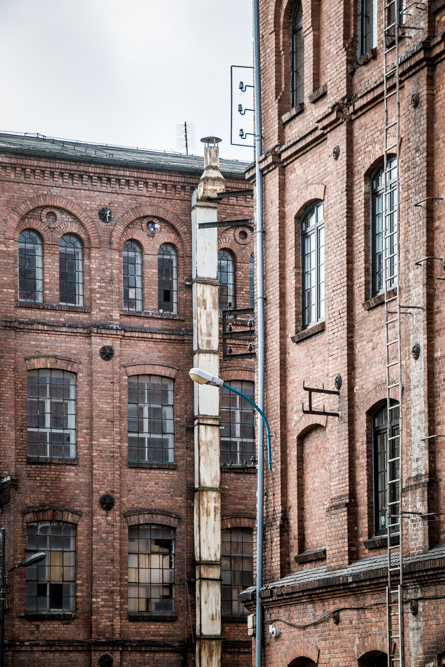
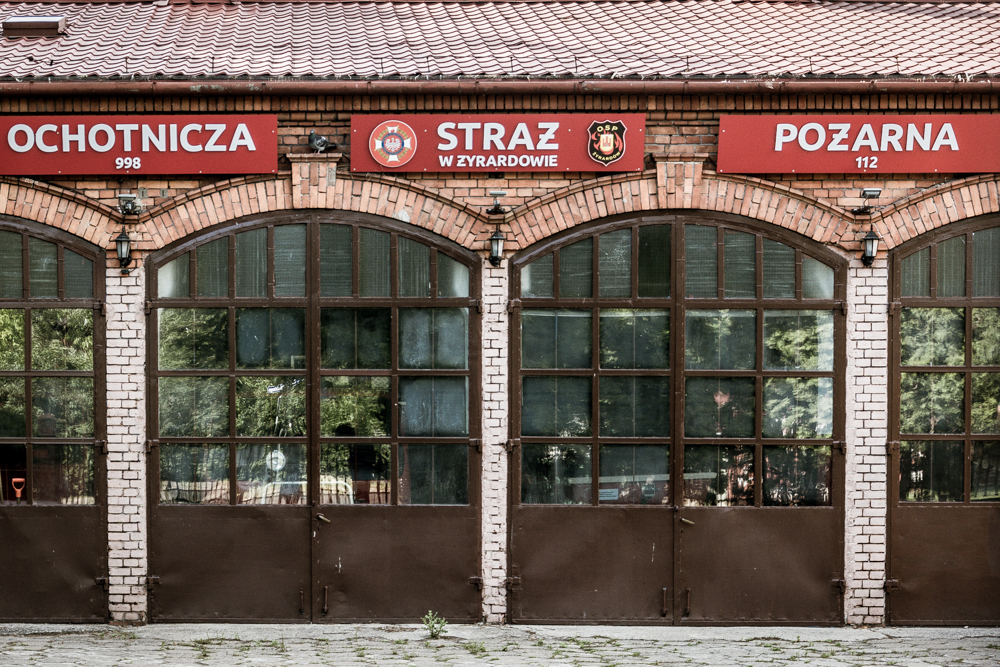
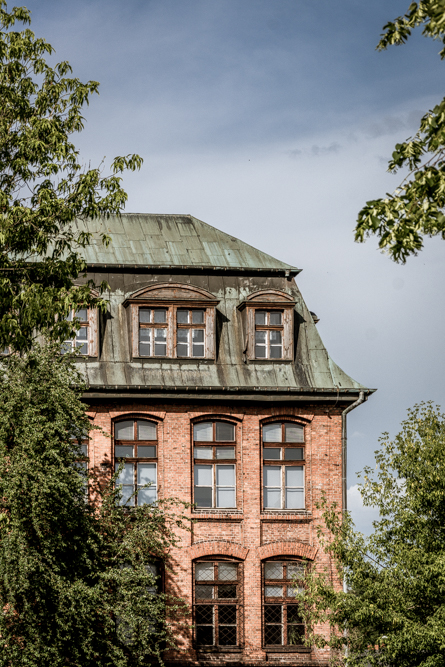
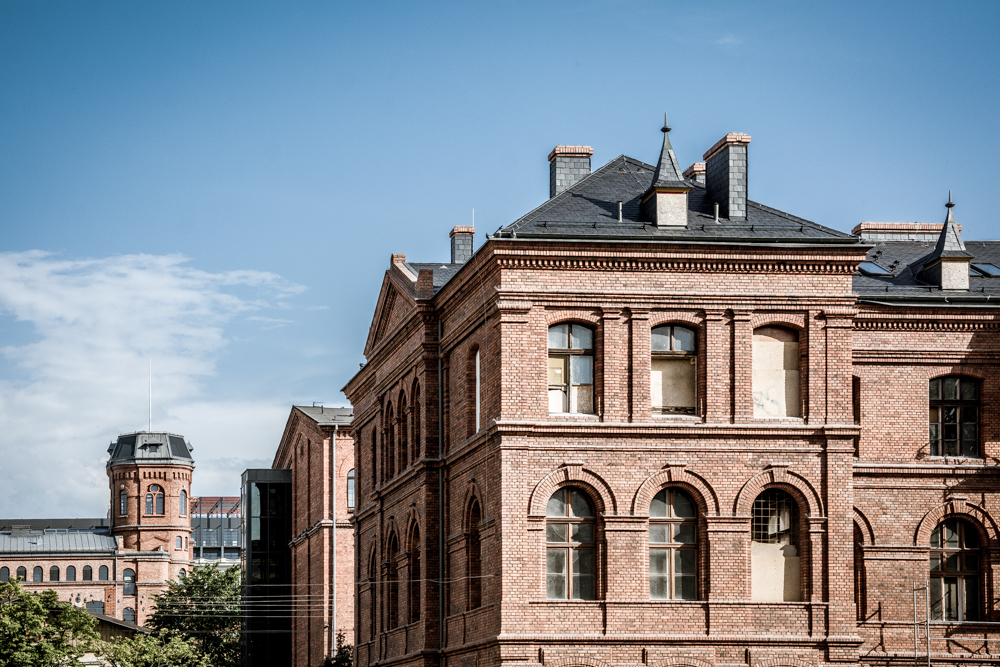

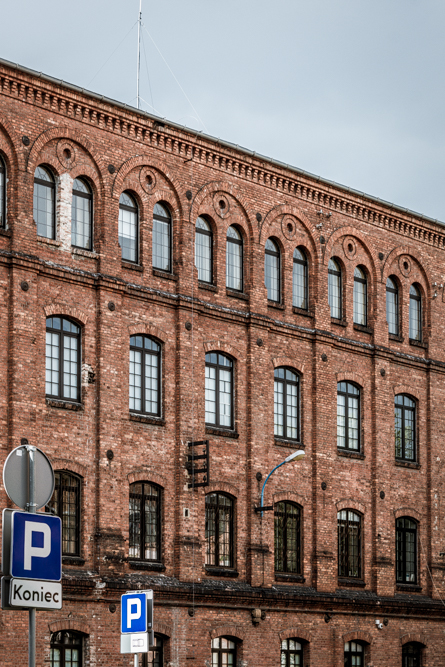
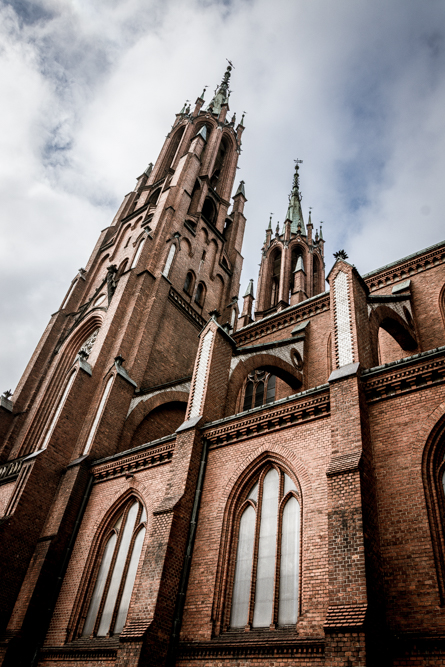
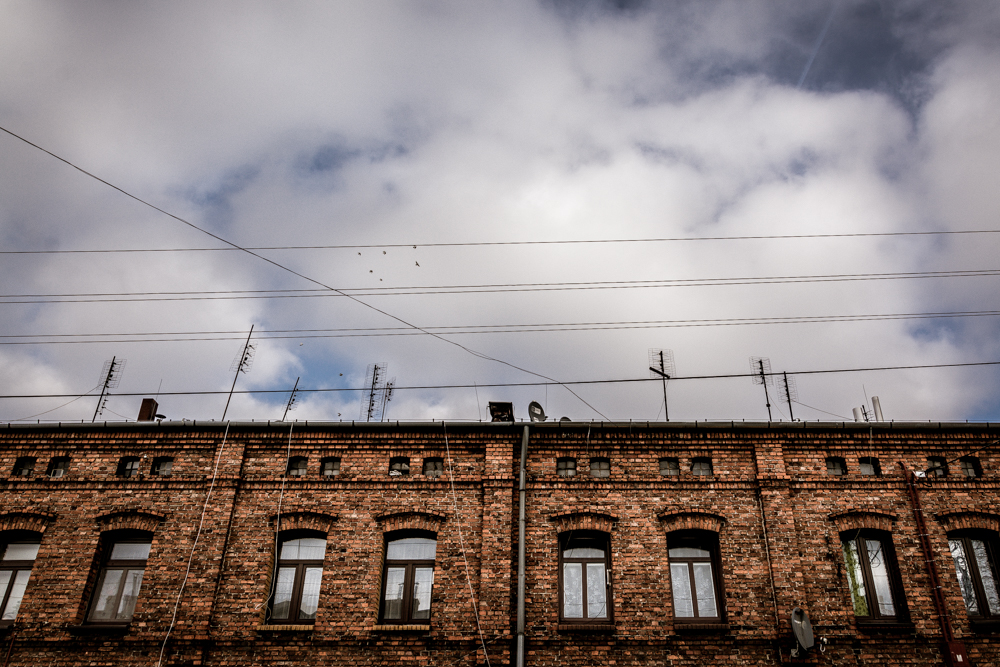
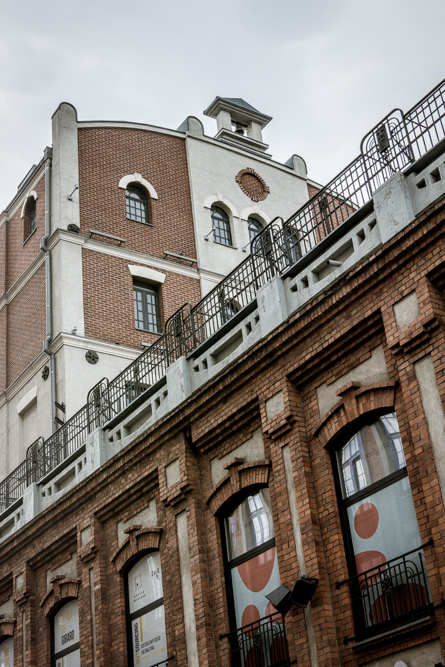
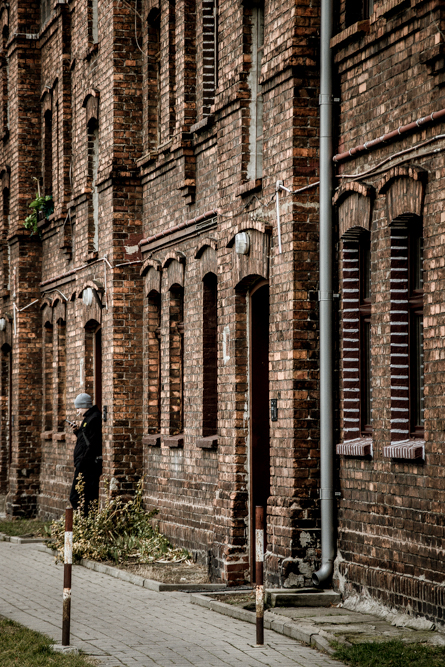
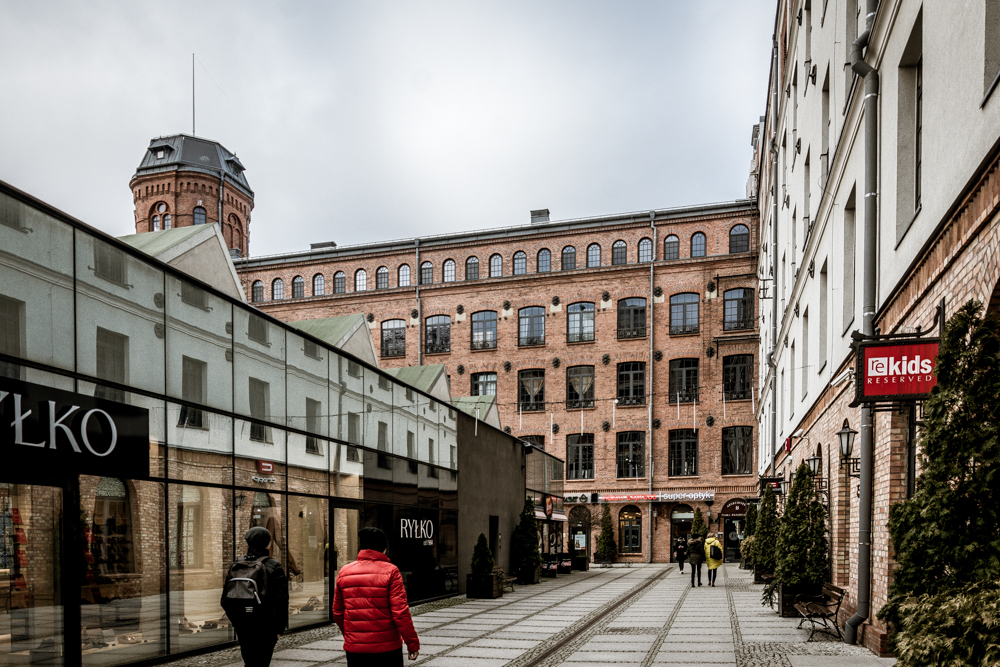
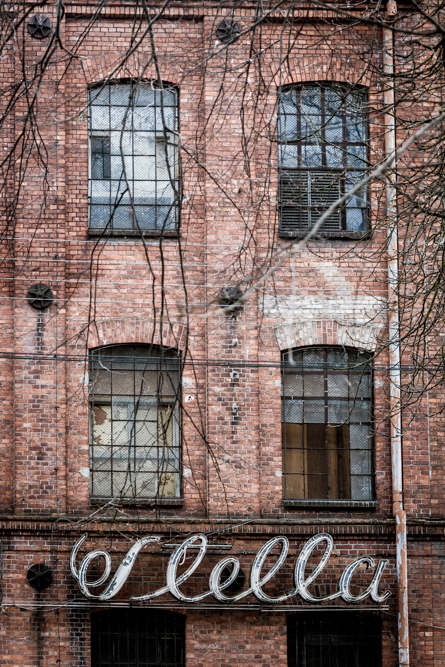
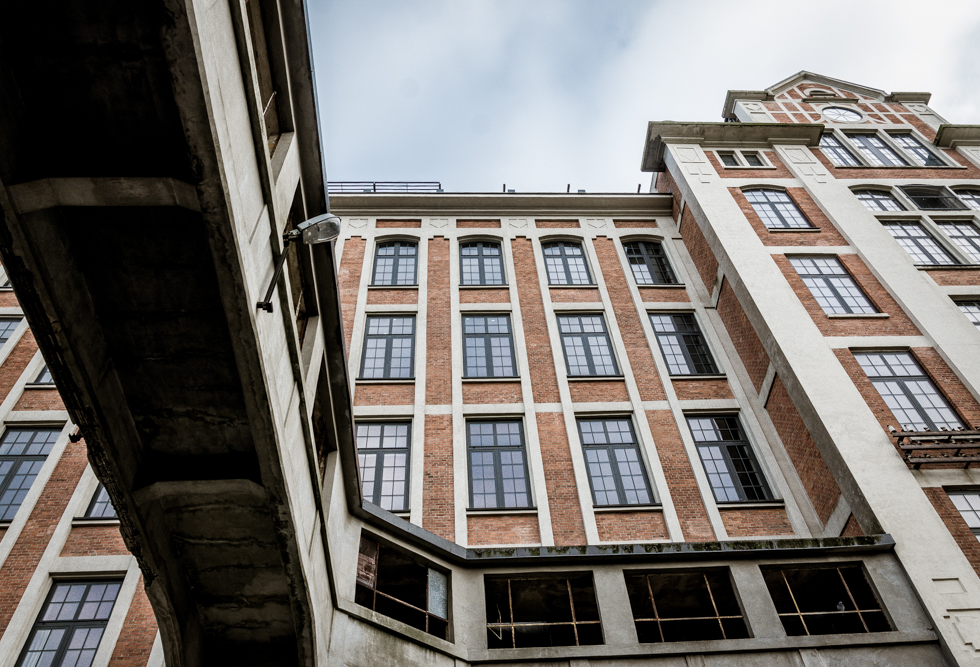
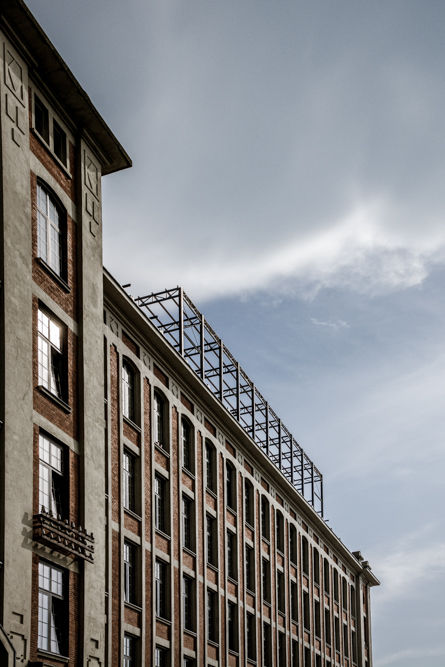
Garden City – Żyrardów
The small town of Żyrardów near Warsaw has the atmosphere of an English industrial city. Not without a reason. The first thing that catches the eye after arriving in the town is the coherent, brick buildings. Such uniformity in urban planning is not common in Poland. However, few people realise that garden city Żyrardów has origins in the concept of the British planner and urban planner Ebenezer Howard.
The Concept of The Garden City
The industrial revolution in nineteenth century England had a very strong impact on urban planning. People came to cities in search of work, which led to overcrowding and deterioration of living conditions. The answer to this problem was to be “garden cities” on the outskirts of large industrial centres. Ebenezer Howard in his concept tried to combine the features of urban and rural buildings. The advantages that were to attract new residents were:
- sparsely populated – 32,000 people in 9,000 acres (3,642 ha),
- green areas (4:1 ratio with built-up areas),
- self-sufficiency of the city,
- urban infrastructure and access to cultural and social life,
- compact, low housing.
His satellite “garden city” had a concentric plan. The boulevards radiated from its centre, dividing the city into six equal parts. In the centre Howard planned a round square with a garden and surrounding public and cultural buildings. Other rings extending from the centre are: the Central Public Park, a glass arcade – a marketplace, a residential zone, a green belt and an industrial zone. Six of these satellite towns are located around the central city. They were all communicating with each other and surrounded by arable fields. In Poland, the greatest number of “garden cities” were built around Warsaw.
A scheme of the zones of a single “garden city”
Layout of satellite towns and the central city
Beginings of Żyrardów
Garden city Żyrardów did not reflect Howard’s exact concept, but adapted many of its features. The settlement was established among fields and forests in 1830, when, on the order of the government of the Kingdom of Poland, Filip de Girard 1 moved a linen factory 2 there. In 1857, the new factory owners, Karol Hielle and Karol Dittrich, extended the settlement based on the idea of a “garden city”.
Żyrardów as a Garden City
Carefully prepared plans made Żyrardów a self-sufficient centre. Compact, low housing estates for employees had higher standards. Buildings surrounded by gardens had storages, allowing for storing supplies and breeding small animals. Seven villas, inspired by the French Renaissance, were designed for the factory’s senior officials. The service part included, among others a nursery, schools, mills, a slaughterhouse, shops, a bathing beach, a laundry, a canteen, a fire brigade, a hospital, churches and a cemetery. All buildings had a uniform style and materials (brick). Of course, greenery has not been forgotten. The buildings were built on large plots of land, surrounded by gardens and green belts. Public parks had sports infrastructure (fields) and cultural infrastructure (amphitheatres). Until the outbreak of World War I, Żyrardów was the largest linen factory in Europe.
Travel Palette of Żyrardów
Annotations:
1Philippe Henri de Girard is a French engineer and inventor, incl. first flax spinning frame. In 1825, at the request of the Minister of the Treasury of the Kingdom of Poland – Prince Franciszek Ksawery Drucki-Lubecki, he took the position of chief mechanic at the Mining Department of the Revenue and Treasury Government Commission. Interestingly, the very Polish-sounding name of the city comes from the French name of Filip de Girard, or more from its polonized version – Filip de Żirard.
2 The factory was originally located in Marymont – a district of Warsaw.
